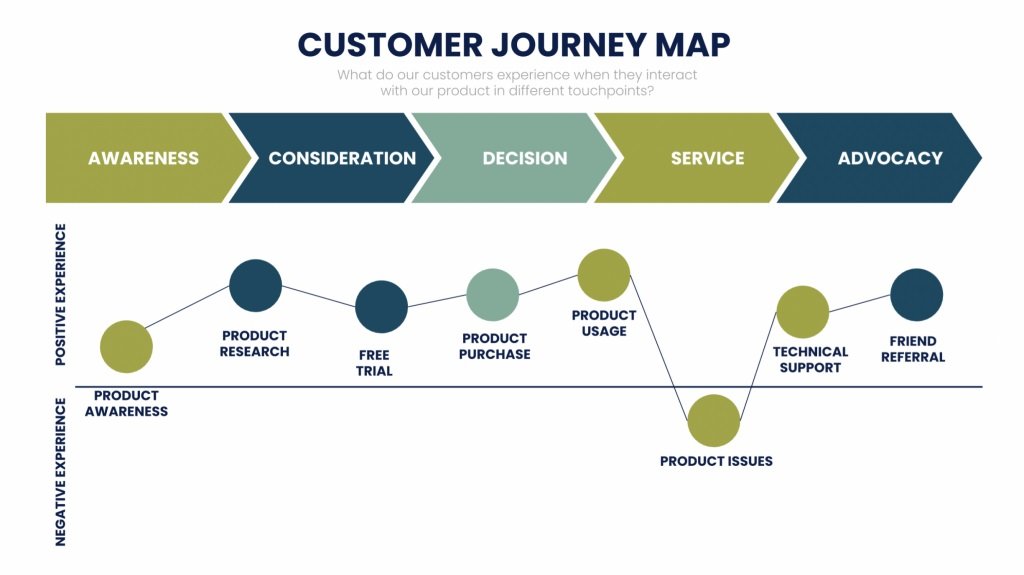How Businesses Can Benefit From Actionable Customer Insights

Introduction
In the digital age, understanding your customers is more crucial than ever. Businesses that harness actionable customer insights can significantly enhance their service offerings and overall customer experience. Leveraging advanced analytics and cloud based contact center solutions can empower companies to make data-driven decisions that improve customer satisfaction and loyalty. Businesses may better adjust their strategy to suit consumer demands and build deeper relationships by analyzing customer behaviors, preferences, and pain areas. This article will explore how companies can benefit from these insights and effectively implement strategies to gather them.
Importance of Customer Insights
Customer insights are crucial for businesses to understand their audience’s behaviors, preferences, and pain points, enabling them to tailor their services and ensure customer satisfaction and loyalty. Forrester’s survey shows that companies using customer insights drive decisions, seeing a 24% increase in revenue. By obtaining insights, companies may make well-informed judgments on new product development, marketing tactics, and customer service improvements. They are essential for operating in the dark and making decisions based on assumptions rather than complex data. Data can be collected through direct feedback, social media interactions, and transactional data. Combining these methods allows businesses to view their audience and understand their behaviors and preferences comprehensively.
Transforming Customer Experience Through Data
Data analytics is transforming customer experiences by identifying critical touchpoints and improving services. Companies like Amazon have seen significant improvements in customer satisfaction by implementing personalized marketing tactics based on data insights. This involves tailoring content, offers, and services to individual preferences and needs. By making product recommendations based on browsing history, previous purchases, and items in the basket, Amazon’s recommendation engine—driven by data analytics—increases the possibility of conversion and repeat business. This strategy boosts sales and deepens customer loyalty by making consumers feel understood and valued.
Best Practices for Leveraging Customer Feedback
Getting input from customers is only the beginning. Businesses must implement best practices in processing and applying this feedback to benefit from it genuinely. Here are a few key strategies:
- Be Proactive: Regularly seek feedback through surveys, reviews, and direct interactions. Actively seeking consumer feedback demonstrates to clients that the company values their input and is dedicated to ongoing development.
- Analyze and Segment: Break down feedback into categories to understand different customer journey aspects better. Segmentation allows for more targeted and effective responses to customer needs, addressing specific issues within different customer groups.
- Act on Insights: Prioritize actionable items from feedback and implement changes swiftly. Taking prompt action based on feedback demonstrates responsiveness and builds trust with customers.
- Close the Loop: Let customers know their feedback has been heard and acted upon. This builds trust and loyalty. Closing the loop entails contacting clients again to inform them about the adjustments made in response to their comments and express gratitude for their participation.
According to a report by Bain & Company, companies that proactively seek and use customer feedback grow revenues 1.7 times faster and drive customer satisfaction and loyalty. This underscores the importance of collecting feedback and acting on it effectively. Making customers feel heard and valued can significantly enhance their loyalty and advocacy for the brand.
Tools and Technologies for Gathering Insights
Utilizing tools like Google Analytics and Salesforce can improve customer insights by measuring user behavior and website performance. CRM systems consolidate customer information for personalized engagement. Sentiment analysis tools gauge customer emotions based on social media interactions, enabling informed decisions about product development and customer service improvements. Natural language processing (NLP) analyzes customer feedback to understand sentiment towards products or services. Artificial intelligence and machine learning predict customer needs, allowing businesses to customize experiences. AI-powered predictive analytics can forecast future customer behaviors based on historical data, enhancing customer satisfaction and operational efficiency by allowing more accurate demand planning and resource allocation.
Conclusion
Incorporating actionable customer insights into your business strategy provides a significant competitive edge. By comprehending and meeting clients ‘ wants, businesses may guarantee greater client happiness and loyalty. Using the appropriate resources and industry best practices is essential to this process. In today’s fast-paced market, businesses prioritizing customer insights will likely thrive and succeed.
For more detailed information on the importance of customer insights, visit the Indeed Career Guide. Businesses can foster a continuous improvement cycle that drives long-term success and customer satisfaction by continuously refining their approach to collecting, analyzing, and acting on customer insights.







